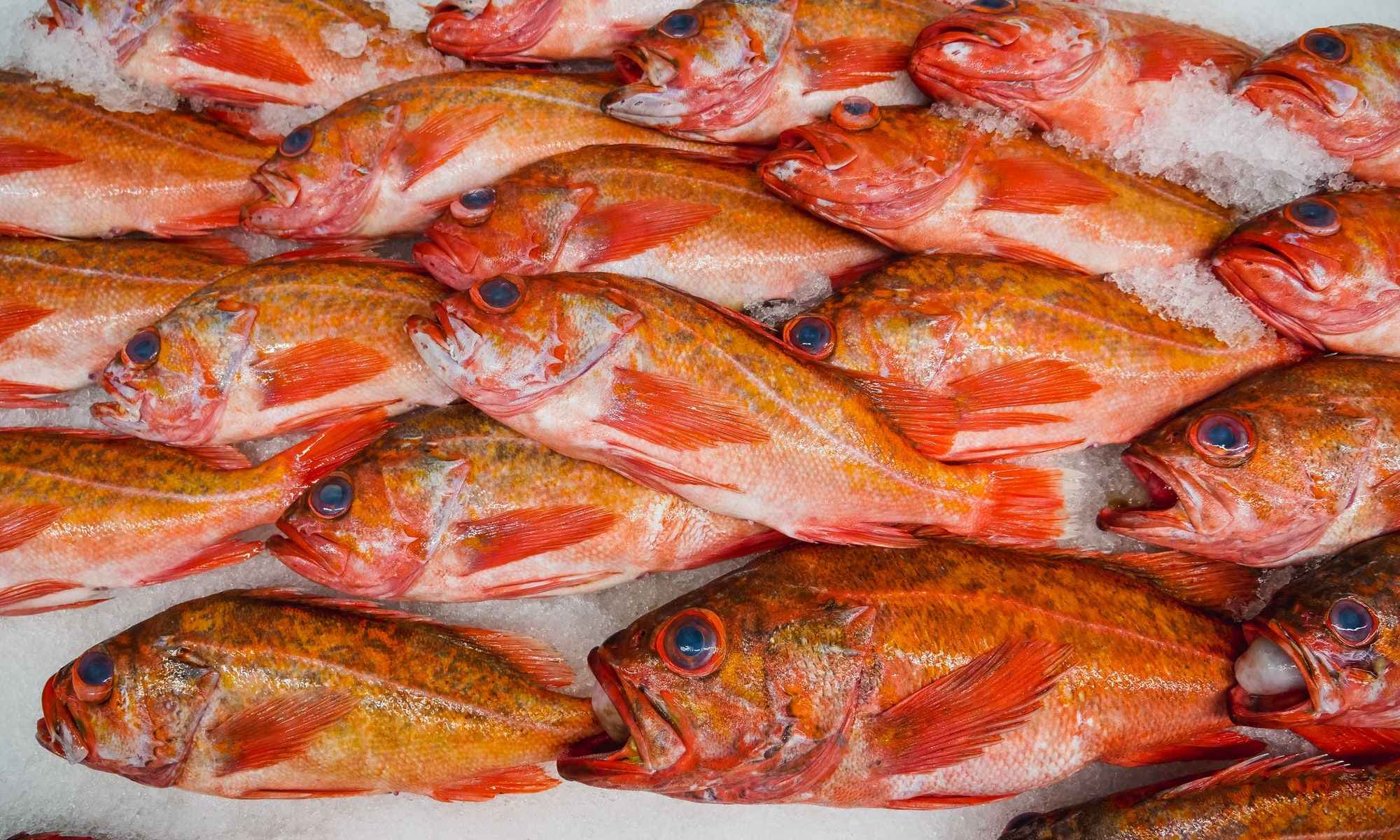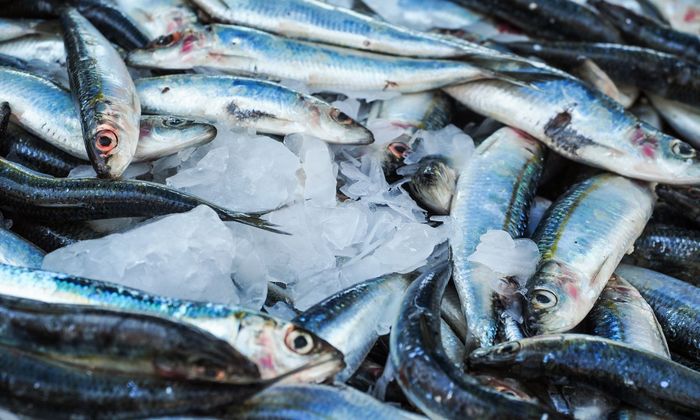Fish on Ice: How Long Can You Keep Them Ungutted?
Ungutting fish is an important technique to learn for anglers so they can keep fish fresh. Here are ways to keep fish fresh.

Unless you’re practicing catch-and-release, one of the things you should prepare for when fishing is how to keep your catch fresh until you’re able to eat them. It’s not enough to just bring a cooler and a pack of ice; having those on hand won’t guarantee you proper storage.
There are many things to consider and prepare for in order to keep your fish fresh and in tip-top condition. In this article, we’ll look at the pros and cons of keeping your fish on ice, ungutted or gutted, other options to store your catch if you don’t have ice, and top tips and best practices on how you can store your fish and keep them fresh.
Tips on How to Keep Your Fish Fresh
Ungutted or Gutted?
Keeping your fresh fish ungutted or gutted is simply a matter of preference. There really is no right or wrong option between the two. However, you should keep in mind that ungutted fish and gutted fish should be treated differently in order to retain their freshness.

To keep ungutted fish fresh on ice for at least one to two days, anglers should properly bleed the catch first. Neglecting to bleed a fish before storing them on ice will cause the blood to coagulate and discolor the meat of the fish and even affect its taste. Bleeding them properly allows you to store the fish for 24-48 hours, and once you get home, keeping them in a refrigerator will make them last for another 24 hours. After that, the fish will slowly start to go bad. Even if you keep them in a refrigerator, ungutted fish will still decompose faster because the guts that are still there have bacteria that make decomposition and spoilage faster.
If you’re fishing specifically for table fare, you’re probably prepared to gut your fresh caught fish on deck. Gutted fish will last longer on ice as long as you refrigerate them - at least two to three days. If you freeze them, they will definitely last longer but do note that although they may be technically safe to eat, their taste will still deteriorate over time.
The important thing to note — and this holds true for either ungutted or gutted fish — is that you need to clean the fish before putting it on ice to ensure the longevity of its freshness.
Another thing to keep in mind is that different fish species have different storage longevity. Lean fish such as flounder, cod, bass, and halibut tend to stay fresh for a longer period, while fatty fish such as tuna, salmon, trout, and mackerel degrade faster and should be consumed immediately if you want to enjoy them at their best.
What If You Don’t Have Ice?
In the extraordinary circumstance that you happen to not have access to ice while fishing, there are still ways to keep your catch fresh until you’re able to gut, clean, and cook them.
1. Livewell
If you’re planning on preparing your fish as soon as you’re off the boat, then letting the fish swim in a livewell — or simply, a water-filled container — can be your first ice-free alternative. Just be sure to keep them in a cool place, and have a few buckets on hand so your fish don’t get overcrowded.

2. Peat moss
This is quite an ancient alternative, but when used well, it works. To use peat moss to keep your fish fresh, you need to stun the fish first and clean it. Find cold water to soak your moss in, and then squeeze out the excess. Spread out three to four inches of wet moss on whichever container you’re planning on transporting your fish — a box or a carton, ideally. Stuff the fish with the wet moss in any cavity in its body. Then pack each fish by layer. Be sure to spread each catch apart.
3. Salt
Salt is another ancient practice that works. To do this, you need to stun and clean the fish first, the same way with peat moss. Then rub salt in the body cavity of the fish and use more to cover the outside. This will allow you to preserve your fish for a day even without ice. Just remember to soak the fish in water before cooking.
Best Ways to Store Fish
Let’s say that you have prepared well for your fishing trip and that you have access to ice and proper storage. Here are just a few reminders to store your raw fish properly:

1. Bring an insulated cooler that has draining
Water — even melted ice water — can affect the integrity of the fish. In short, it can make your fish soggy. So storing the fish on ice inside an insulated cooler is not enough. You need to have one that allows for draining. Either use one that has a draining spout, or you can drill holes at the bottom of your cooler instead.
2. Use crushed ice
Why crushed ice? It’s easier to spread it over the fish. You can’t do that with ice cubes or even bigger mounds of ice. Crushed ice is also easier to pack and keep.
How much ice should you pack? At least two pounds for every fish.
3. Stun and bleed your catch properly and humanely
There are two ways to humanely stun your fish before bleeding it. One is by percussive stunning. This is done by hitting the fish between its eyes with a blunt object. It’s important to do this only once so you don’t let the fish suffer. The other method is spiking, which involves piercing the brain of the fish with a sharp object. The objective of both is to not let the fish suffer and die a slow death.
4. Wash the fish off and double-wrap
After bleeding the fish, wash it off properly, ideally with cold water. Before wrapping it up, make sure to dry off the excess water. If possible, double-wrap your fish in cling plastic wrap or in individual freezer bag before packing it in with crushed ice. Make sure to keep as much air out of your wrap to avoid freezer burn. Wrap and store your fish in the fridge individually so you’re only thawing the number of fish you’ll be cooking. Once you thaw fish, it would be dangerous to refreeze it again.



